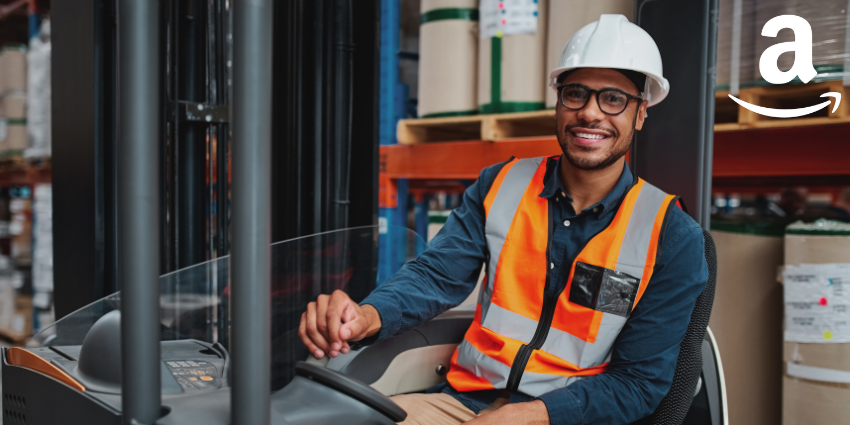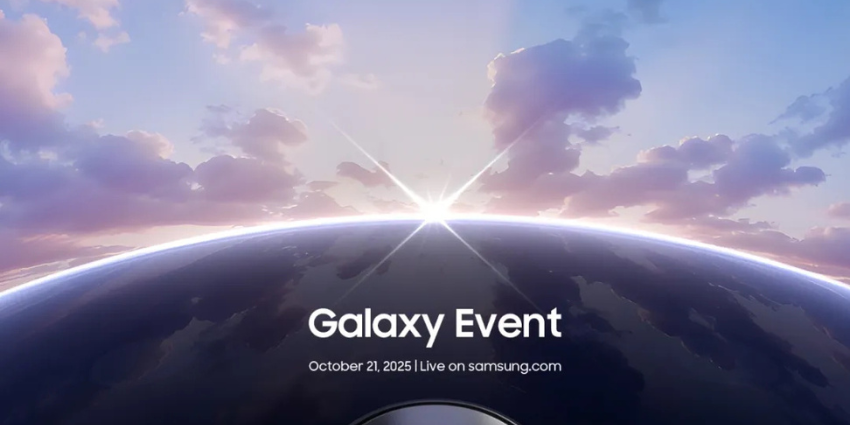Amazon’s new AR ambitions could mark a turning point in supply chain logistics. While other tech giants like Meta and Apple are courting the attention of both consumers and enterprise with flashy headsets, Amazon is taking a refreshingly practical approach by integrating AR technologies into their own operations first.
For professionals that manage warehouses, lead distribution networks, or plan enterprise tech deployments, what Amazon is developing isn’t just another pair of “smart glasses.” It’s an attempt to overhaul an entire supply chain ecosystem and carve out a niche in the enterprise XR market.
Meet Amelia and Jayhawk
Amazon is reportedly developing two bespoke AR glasses, internally code-named “Amelia” for its delivery drivers, and “Jayhawk” for consumers. They’re putting their money where their mouth is by prioritizing the driver version first, which is expected to hit the streets in Q2 2026 with an initial production run of about 100,000 units.
Amelia isn’t just a fancy tech demo – it’s designed to be a delivery driver’s best friend, packed with features like route guidance, obstacle detection, embedded navigation displays, outward-facing cameras, and AI chatbot features.
Speaking to Reuters, an Amazon spokesperson said:
We are continuously innovating to create an even safer and better delivery experience for drivers.
Delivering On Their Plans
Amazon controls the full logistics chain – from massive fulfilment centres through to its delivery fleet. That means it has a rare opportunity to build an AR system which connects seamlessly across the chain. With Amazon shipping approximately 1.6 million packages a day, AR optimization could be a gamechanger (especially when people’s deliveries aren’t being thrown on their front lawn…).
Deploying 100,000 units will certainly be a challenge. It means hardware needs to be durable, comfortable, and usable in a wide variety of environments (weather, lighting, physical strain). Battery life, connectivity, maintenance, and support will all matter. But if they manage to pull it off, others will certainly be paying attention.
Leading by Example
By prioritising their own operations over both consumer and wider enterprise adoption, it seems that Amazon are looking to lead by example with AR. To understand their potential, it’s useful to look at what the other big AR players are up to.
Meta has seen strong success with its Ray-Ban Meta smart glasses. Revenue tripled in 2025, and it’s becoming a leading product in the “AI glasses” category. While they’re popular among consumers and increasingly encroaching on enterprise uses, their rollout hasn’t been backed by a mass adoption use case like the one Amazon has planned.
Apple, meanwhile, is playing the long game with their “spatial computing” vision. Their Vision Pro is positioned as the Rolls-Royce of productivity devices – enabling immersive work environments and fancy collaboration tools. Apple’s betting big on white-collar adoption and deep integration with iOS and enterprise workflows. Their superpower is that seamless hardware-software integration that just works (when it works), plus enterprise credibility that opens corporate wallets. But let’s face it – their devices aren’t exactly suited for warehousing…
Repacking Logistics with AR
Amazon’s AR strategy isn’t just about smart glasses – it’s about augmented intelligence embedded in every stage of the supply chain. Compared to Meta and Samsung, Amazon’s control over fulfillment, transit, and delivery gives it a rare lever to build operational AR at scale rather than piecemeal adoption.
If executed well, this could reset supply chain norms: faster picking, more precise delivery, fewer missed stops, better visibility end to end.
For leaders, the question isn’t whether AR fits in their operations – it’s how fast they can adapt.







